Mount Everest is an icon, the highest mountain in the world at 8,848 meters (29,029 feet). So, it's one of those must-see sights. Mountaineers climb it because it’s the highest peak, but it’s far from the most technically challenging. Hikers do the trek to Everest Base Camp on the Nepalese side because Everest is the highest peak, but as busy as it has become there are arguably many more pleasant and exciting treks in the Himalayas. And I was on a tour where seeing Mount Everest was one of the highlights because it is the highest mountain, but as a connoisseur of mountain scenery I can say there are others I believe are more aesthetically pleasing.
What does Mount Everest mean to me? Well, I’ve been quite fascinated by it for about two decades
. I considered doing the trek to Everest Base Camp on the Nepalese side but for several reasons decided on the Annapurna Circuit trek instead for my first time adventuring in the Himalayas. What comes to mind most, though, is something from 2005-2007 when I taught some SAT test prep classes for Princeton Review. In the verbal part of the book used in the curriculum there was a long dense passage about Mount Everest, its significance to people in the region, its different names, and some controversies around it. There were then about a dozen multiple choice questions about the passage. I taught this over and over for almost two years; somehow the text and questions imprinted in my mind; and I came to develop a prejudice against Everest or Chomolongma or Sagarmatha or whatever you choose to call it because I so disliked teaching those test prep classes. Ha!
I’ve included pictures from the road to and from Everest Base Camp as well as the road onwards to Shigatse in my next blog post, so we start here at lunch at a noodle restaurant outside the Rongphu Monastery
. Rongphu is in the valley that leads to Tibetan/Chinese side Everest Base Camp and is said to be the world’s highest monastery at about 17,000 feet. After lunch we continued a short distance to a tourist tent camp where we would spend the night. Our group had three tents with about six people each, meals available, and with wood burning stoves inside not especially super-chilled. The beds were the seats around the perimeter – kind of like couch surfing.
We took some group photos with Sura and continued on to Everest Base Camp on a shuttle bus. When I say Everest Base Camp I should define that better. We went to an overlook a short distance down valley from Everest Base Camp. The Chinese don’t allow mountain gawkers to venture to where those with permits to climb the peak camp to prepare for their ascents. If you go too far you get a fine. It seems that way with lots of things in China; if you break a minor rule you don’t have to worry about locked up for a long time, you just get a big fine
. Display of any flags is also strictly forbidden at the base camp overlook. Our Tibetan guide Tsuwan nearly had a stroke when Alan pulled out and held up a Northern Ireland flag with which to be photographed with Everest.
Some people have asked me whether the avalanche on the Nepalese side of Everest in which more than 20 Sherpas were killed affected my visit to EBC. The answer is no. The Sherpas’ demands to call off the season only pertained to climbers on the peak, not to trekkers to base camp. Secondly, things on the Chinese side are completely different. The porters and guides are not from the Sherpa ethnic group as in Nepal, and the May climbing season continued unaffected by the accident on the Nepalese side.
I went out from the tourist encampment several times to take pictures of the peak in the light of different times of day. Although Everest is impressive I found some of the peaks on the Annapurna Circuit to be more appealing, mostly because of bigger glaciers and most complete snow cover than on Everest.
Everest Base Camp - Top of the World
Monday, May 19, 2014
 Everest Base Camp, Tibet Autonomous Region, China
Everest Base Camp, Tibet Autonomous Region, China
Other Entries
-
69Sri Lanka's South Coast - Colonial Galle & Beaches
Mar 2753 days prior Galle, Sri Lankaphoto_camera57videocam 0comment 0
Galle, Sri Lankaphoto_camera57videocam 0comment 0 -
70Colombo - Sri Lanka's Capital
Mar 2951 days prior Colombo, Sri Lankaphoto_camera36videocam 0comment 0
Colombo, Sri Lankaphoto_camera36videocam 0comment 0 -
71Male - Tiny Capital of the Maldives
Mar 3050 days prior Male, Maldivesphoto_camera62videocam 0comment 0
Male, Maldivesphoto_camera62videocam 0comment 0 -
72Maldives - Crusing Through Paradise on a Dhoni
Apr 0544 days prior Felidhoo, Maldivesphoto_camera99videocam 0comment 0
Felidhoo, Maldivesphoto_camera99videocam 0comment 0 -
73Annapurna Trek I - Lower Marshyangdi River Valley
Apr 1138 days prior Bahundanda, Nepalphoto_camera86videocam 0comment 0
Bahundanda, Nepalphoto_camera86videocam 0comment 0 -
74Annapurna Trek II - Long Day to Chame
Apr 1336 days prior Chame , Nepalphoto_camera43videocam 0comment 0
Chame , Nepalphoto_camera43videocam 0comment 0 -
75Annapurna Trek III - Medieval Upper Pisang
Apr 1435 days prior Upper Pisang, Nepalphoto_camera102videocam 0comment 0
Upper Pisang, Nepalphoto_camera102videocam 0comment 0 -
76Annapurna Trek IV - High Road to Manang
Apr 1534 days prior Manang, Nepalphoto_camera155videocam 0comment 0
Manang, Nepalphoto_camera155videocam 0comment 0 -
77Annapurna Trek V - Acclimatization Around Manang
Apr 1732 days prior Manang, Nepalphoto_camera110videocam 0comment 0
Manang, Nepalphoto_camera110videocam 0comment 0 -
78Annapurna Trek VI - Towards the Thorung La
Apr 1930 days prior Manang, Nepalphoto_camera84videocam 0comment 0
Manang, Nepalphoto_camera84videocam 0comment 0 -
79Annapurna Trek VII - Crossing the Thorung La
Apr 2029 days prior Muktinath, Nepalphoto_camera93videocam 0comment 0
Muktinath, Nepalphoto_camera93videocam 0comment 0 -
80Annapurna Trek VIII - Upper Kali Gandaki Valley
Apr 2227 days prior Jomsom, Nepalphoto_camera98videocam 0comment 0
Jomsom, Nepalphoto_camera98videocam 0comment 0 -
81Annapurna Trek IX - Lower Kali Gandaki Valley
Apr 2425 days prior Tatopani, Nepalphoto_camera88videocam 0comment 0
Tatopani, Nepalphoto_camera88videocam 0comment 0 -
82Annapurna Trek X - Over Poon Hill
Apr 2722 days prior Ghorepani, Nepalphoto_camera59videocam 0comment 0
Ghorepani, Nepalphoto_camera59videocam 0comment 0 -
83Pokhara - Lakeside Trek Recovery
May 0217 days prior Pokhara, Nepalphoto_camera41videocam 0comment 0
Pokhara, Nepalphoto_camera41videocam 0comment 0 -
84Last Resort - The Journey to Tibet Begins
May 136 days prior Kodari, Nepalphoto_camera31videocam 0comment 0
Kodari, Nepalphoto_camera31videocam 0comment 0 -
85Entering Tibet - Climbing to the Roof of the World
May 172 days prior Tingri, Chinaphoto_camera67videocam 0comment 0
Tingri, Chinaphoto_camera67videocam 0comment 0 -
86Everest Base Camp - Top of the World
May 19 Everest Base Camp, Chinaphoto_camera70videocam 0comment 0
Everest Base Camp, Chinaphoto_camera70videocam 0comment 0 -
87To Everest Base Camp and Back
May 201 day later Lhatse, Chinaphoto_camera61videocam 0comment 0
Lhatse, Chinaphoto_camera61videocam 0comment 0 -
88Shigatse - Monastery of the Panchen Lama
May 223 days later Shigatse, Chinaphoto_camera120videocam 0comment 0
Shigatse, Chinaphoto_camera120videocam 0comment 0 -
89Gyangze - Hilltop Fortress and Monasteries
May 234 days later Gyangze, Chinaphoto_camera62videocam 0comment 0
Gyangze, Chinaphoto_camera62videocam 0comment 0 -
90The Road to Lhasa
May 245 days later Lungsang La, Chinaphoto_camera47videocam 0comment 0
Lungsang La, Chinaphoto_camera47videocam 0comment 0 -
91Lhasa - Capital of the Tibetan World
May 256 days later Lhasa, Chinaphoto_camera128videocam 0comment 0
Lhasa, Chinaphoto_camera128videocam 0comment 0 -
92Lhasa Environs - Drepung and Sera Monasteries
May 267 days later Lhasa, Chinaphoto_camera78videocam 0comment 0
Lhasa, Chinaphoto_camera78videocam 0comment 0 -
93Three Days Crossing the Roof of the World
May 289 days later Amdo, Chinaphoto_camera90videocam 0comment 0
Amdo, Chinaphoto_camera90videocam 0comment 0 -
94Crossing Qinghai - The High Road to China
May 3112 days later Qinghai Hu, Chinaphoto_camera68videocam 0comment 0
Qinghai Hu, Chinaphoto_camera68videocam 0comment 0 -
95Lanzhou - Gigantic Capital of Gansu Province
Jun 0214 days later Lanzhou, Chinaphoto_camera75videocam 0comment 0
Lanzhou, Chinaphoto_camera75videocam 0comment 0 -
96Xiahe - Home of the Tibetan Labrang Monastery
Jun 0416 days later Xiahe, Chinaphoto_camera82videocam 0comment 0
Xiahe, Chinaphoto_camera82videocam 0comment 0 -
97Bingling Si - Ancient Buddhist Cave Art
Jun 0618 days later Liujiaxia, Chinaphoto_camera35videocam 0comment 0
Liujiaxia, Chinaphoto_camera35videocam 0comment 0 -
98The Road to Xian
Jun 0719 days later Pingliang, Chinaphoto_camera37videocam 0comment 0
Pingliang, Chinaphoto_camera37videocam 0comment 0 -
99Xian - Terracotta Warrior Army
Jun 0921 days later Lantian County, Chinaphoto_camera72videocam 0comment 0
Lantian County, Chinaphoto_camera72videocam 0comment 0 -
100Xian - Modern Day Chang'An
Jun 1022 days later Xi'an, Chinaphoto_camera108videocam 0comment 0
Xi'an, Chinaphoto_camera108videocam 0comment 0

 Everest Base Camp, Tibet Autonomous Region, China
Everest Base Camp, Tibet Autonomous Region, China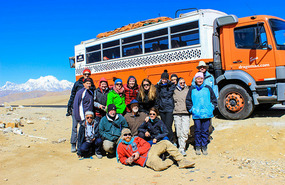
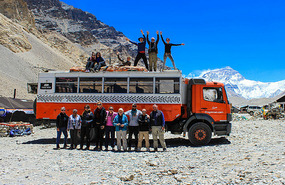






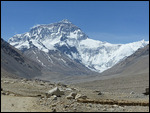
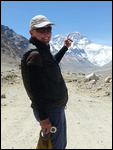
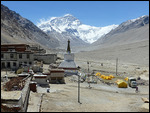
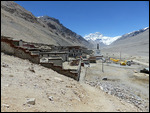
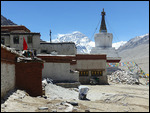
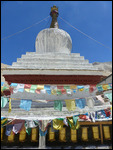
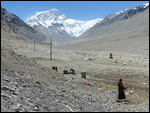
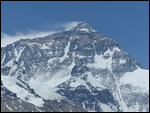
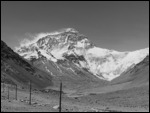
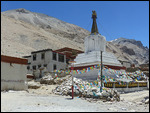
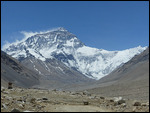
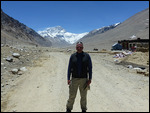
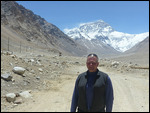
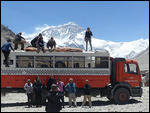
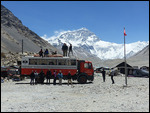
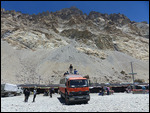
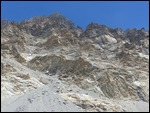
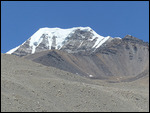
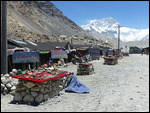
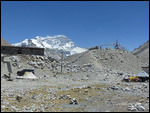
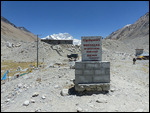
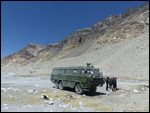
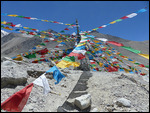
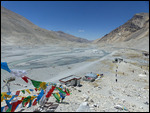
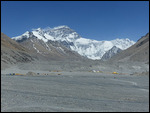
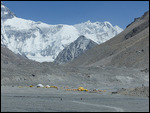
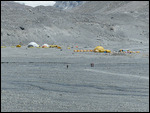
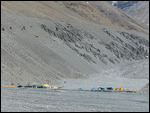

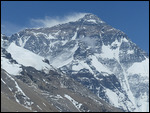
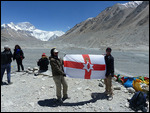
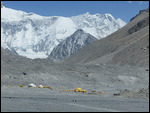
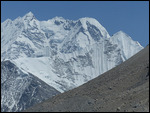
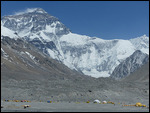

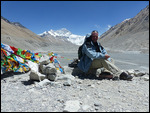
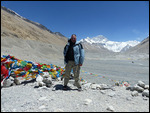
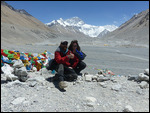
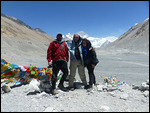
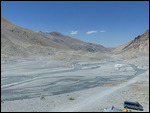
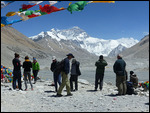
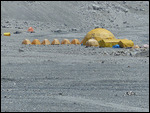
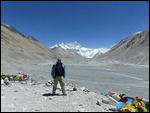


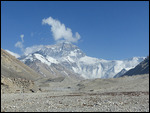
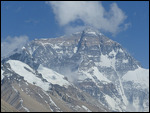
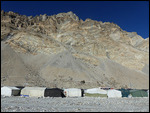
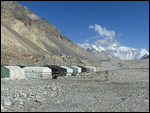
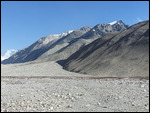
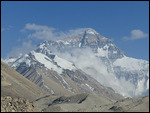

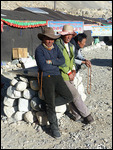
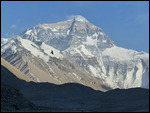
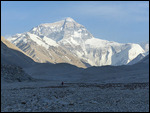
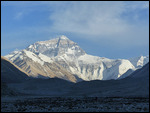
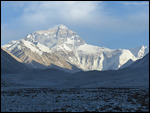
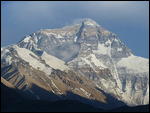
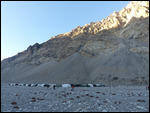
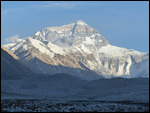
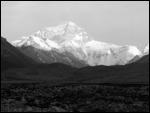
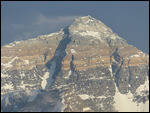
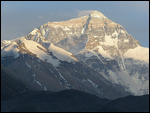
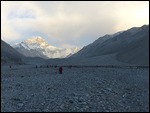
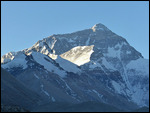
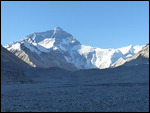
2025-05-22